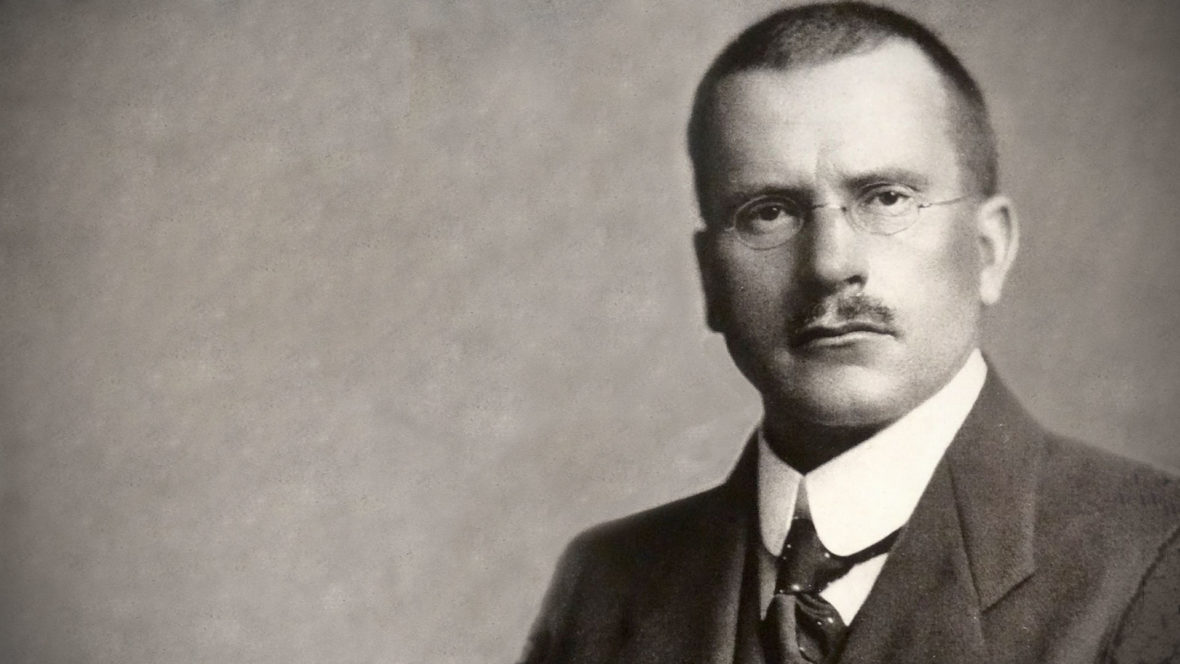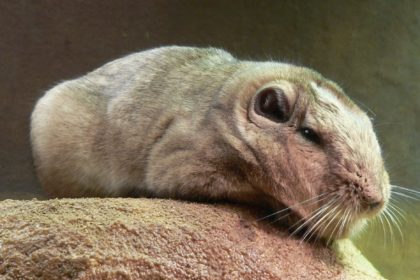Carl Gustav Jung was a Swiss psychiatrist and psychoanalyst who founded analytical psychology. His work has been influential in not only psychiatry but also anthropology, archaeology, literature, philosophy and religious studies. Take a look below for 30 more interesting and awesome facts about Carl Jung.
1. As a notable research scientist based at the famous Burgholzli hospital, under Eugen Bleuler, he came to the attention of the Viennese founder of psychoanalysis, Sigmund Freud.
2. Jung and Freud conducted a lengthy correspondence and collaborated on an initially joint vision of human psychology.
3. Jung’s research and personal vision made it impossible for him to bend to his older colleague’s doctrine and a schism became inevitable.
4. Jung was an artist, craftsman and builder as well as a prolific writer. Many of his works were not published until after his death and some are still awaiting publication.
5. Among the central concepts of analytical psychology is individuation, the lifelong psychological process of differentiation of the self out of each individual’s conscious and unconscious elements.
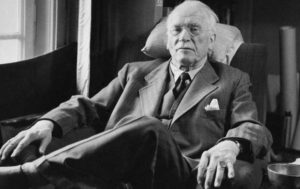
6. He created some of the best known psychological concepts, including synchronicity, archetypal phenomena, the collective unconscious, the psychological complex, and extraversion and introversion.
7. Jung was born in Kesswil, in the Swiss canton of Thurgau, on July 26, 1875, as the second and first surviving son of Paul Achilles Jung and Emilie Preiswerk.
8. When Jung was six months old, his father, a pastor, was appointed to a more prosperous parish in Laufen, but the tension between his parents was growing.
9. His mother spent a considerable amount of time in her bedroom where she said that spirits visited her at night. Although she was normal during the day, Jung recalled that at night his mother became strange and mysterious.
10. Jung reported that one night he saw a faintly luminous and indefinite figure coming from his mother’s room with a head detached from the neck and floating in the air in front of the body.
11. His mother’s continuing bouts of absence and depression deeply troubled Jung and caused him to associate women with innate unreliability, whereas the father represented reliability but also powerlessness.
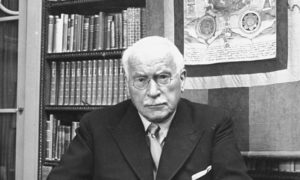
12. Jung was a solitary and introverted child.
13. From childhood, he believed that, like his mother, he had two personalities, a modern Swiss citizen and a personality more suited to the 18th century.
14. Jung’s “Personality Number 1,” as he termed it, was a typical schoolboy living in the era of that time.
15. Jung’s “Personality Number 2” was a dignified, authoritative and influential man from the past.
16. As a boy, he carved a tiny mannequin into the end of the wooden ruler from his pencil case and placed it inside the case. He added a stone, which he had painted into upper and lower halves, and his the case in the attic. Periodically, he would return to the mannequin, often bringing tiny sheets of paper with messages inscribed on them in his own secret language.
17. The terms “introverted” and “extroverted” first appear in Psychological Types, a book which Jung published in German in 1921.
18. Jung wrote a book on UFOs. However, the book’s text proved that Jung was far more interested in what rumors about aliens said about the human mind than whether the aliens themselves actually existed.
19. Jung had an unlikely friendship with theoretical physicist Wolfgang Pauli, who is known for first proposing the neutrino and was interested in dream analysis.
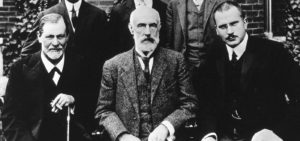
20. Jung’s relationship with Pauli also led the pair to dive into the world of the occult.
21. During World War I, Jung was drafted as an army doctor and soon made commandant of an internment camp for British officers and soldiers.
22. During World War I, Jung worked to improve the conditions of soldiers stranded in neutral territory and encouraged them to attend university courses.
23. In 1903, Jung married Emma Rauschenbach, seven years his junior and the elder daughter of a wealthy industrialist in eastern Switzerland.
24. Emma, whose education had been limited, evinced considerable ability and interest in her husband’s research and threw herself into studies and acted as his assistant at Burgholzli.
25. His wife eventually became a noted psychoanalyst in her own right.
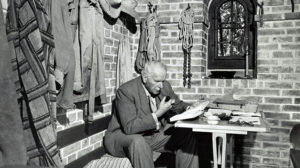
26. Jung and Emma had five children: Agathe, Gret, Franz, Marianne and Helene. Their marriage lasted until Emma’s death in 1955.
27. During his marriage, Jung engaged in extramarital relationships. His alleged affairs with Sabina Spielrein were the most widely discussed.
28. In 1944, Jung published Psychology and Alchemy, in which he analyzed the alchemical symbols and came to the conclusion that there is a direct relationship between them and the psychoanalytical process.
29. He argued that the alchemical process was the transformation of the impure soul to perfected soul, and a metaphor for the individuation process.
30. Jung proposed that art can be used to alleviate or contain feelings of trauma, fear, or anxiety and also to repair, restore and heal.

